Festivals in Ecuador, a country situated on the equator in the northwestern part of South America, boasts a rich tapestry of cultural diversity influenced by its indigenous, Spanish colonial, and Afro-Ecuadorian heritage. The nation celebrates a variety of festivals and holidays that reflect its historical depth, religious fervor, and vibrant traditions. In this exploration, we will delve into some of the most relevant festivals and holidays in Ecuador, examining their historical origins, cultural significance, and the ways in which they contribute to the nation’s cultural identity.
1. Inti Raymi – June 24th
Inti Raymi, the Festival of the Sun, is an ancient Inca celebration that continues to be observed in modern-day Ecuador. Held on June 24th, Inti Raymi coincides with the winter solstice in the Southern Hemisphere. The festival pays homage to Inti, the Sun God, and involves elaborate ceremonies, traditional dances, and music.
In various regions, particularly in the Andean highlands, communities come together to celebrate Inti Raymi with rituals that include offerings to Pachamama (Mother Earth) and expressions of gratitude for the sun’s energy. Inti Raymi underscores the deep connection between the indigenous people of Ecuador and the natural world, emphasizing the importance of agricultural fertility and the cycles of nature.
2. Carnaval – February/March
Carnaval is a lively and exuberant celebration that takes place in the days leading up to Lent. While Carnaval is celebrated across Latin America, Ecuador puts its own unique spin on the festivities. The celebration involves water fights, colorful parades, and the playful use of flour and foam.
One of the most famous Carnaval celebrations in Ecuador occurs in the town of Guaranda, where locals and visitors come together to partake in the festivities. Carnaval serves as a time of joy and communal bonding, allowing people to let loose before the more solemn period of Lent begins.
3. Diablada de Píllaro – January
The Diablada de Píllaro is a unique and vibrant festival that takes place in the town of Píllaro in the Andean highlands during the first days of January. The festival is a fusion of indigenous, Spanish, and African influences, featuring elaborate costumes, masks, and traditional dances.
During Diablada de Píllaro, participants dress up as “diablos” (devils) and engage in lively processions, music, and dance. The festival reflects the syncretism present in Ecuadorian culture, where Catholicism intertwines with pre-Columbian beliefs and African traditions, creating a spectacle that is both festive and spiritually significant.
4. Semana Santa – Holy Week (March/April)
Semana Santa, or Holy Week, is a significant religious observance in Ecuador, marking the Passion, Crucifixion, and Resurrection of Jesus Christ. The week leading up to Easter Sunday is marked by solemn processions, religious services, and rituals that vary across regions.
In Quito, the capital city, and other parts of the country, elaborate processions take place, featuring religious statues and symbols of the Passion of Christ. The faithful participate in these events, emphasizing reflection and devotion during this important period in the Catholic calendar.
5. Fiesta de la Mama Negra – September
The Fiesta de la Mama Negra is a unique and culturally rich festival celebrated in Latacunga during September. The festival is a blend of indigenous, Spanish, and African influences and is dedicated to the Virgen de la Merced (Our Lady of Mercy).
During the Fiesta de la Mama Negra, participants dress in vibrant costumes, and a chosen individual represents the Mama Negra—a symbolic figure associated with the protection of the town. The celebration involves processions, music, dance, and the symbolic sharing of food and drinks. The festival highlights the multicultural heritage of Ecuador and the harmonious coexistence of different cultural elements.
6. Independence Day (Día de la Independencia) – August 10th
Independence Day in Ecuador is celebrated on August 10th, commemorating the day in 1809 when Quito declared independence from Spanish rule. The event marked an early push for independence in South America.
Independence Day is a national holiday marked by patriotic events, parades, and cultural activities. Ecuadorians take pride in their history and the struggle for independence, and the day serves as a reminder of the nation’s commitment to self-determination.
7. Festival de la Diablada de Píllaro – January
The Festival de la Diablada de Píllaro is an extension of the Diablada celebration in Píllaro, taking place in January. The festival is renowned for its lively and colorful displays, with participants donning intricate devil costumes, masks, and engaging in traditional dances.
The festival attracts visitors from across the country and beyond, providing a unique opportunity to witness the cultural diversity and creativity of Ecuadorian traditions. The Diablada de Píllaro is not only a celebration of folklore but also a testament to the resilience of cultural practices that have endured through the centuries.
8. Día de los Difuntos (Day of the Dead) – November 2nd
Día de los Difuntos, or Day of the Dead, is a day to honor and remember deceased loved ones. On November 2nd, families visit cemeteries to clean and decorate graves, and they may also build altars with photographs, mementos, and the favorite foods of the departed.
In Ecuador, Día de los Difuntos is a blend of Catholic traditions and indigenous beliefs. The celebration reflects the importance of maintaining a connection with ancestors and acknowledging the cycle of life and death. It is a day of reflection and remembrance, combining solemnity with expressions of love and respect for those who have passed away.
9. Festival de la Fruta y de las Flores (Fruit and Flower Festival) – February
The Festival de la Fruta y de las Flores takes place in Ambato during February and is a celebration of the region’s agricultural abundance. The festival features vibrant parades where floats are adorned with an array of fruits and flowers, showcasing the diversity of Ecuador’s flora.
Ambato is known as the “City of Flowers and Fruits,” and this festival pays homage to the agricultural richness of the region. The event includes competitions, music, dance, and culinary showcases, creating a festive atmosphere that highlights the importance of agriculture in Ecuador’s economy and culture.
10. Pase del Niño Viajero (Passing of the Traveling Child) – December 24th
The Pase del Niño Viajero is a Christmas Eve tradition celebrated in Cuenca. The event involves a colorful and elaborate procession featuring the Baby Jesus, represented by a statue known as the “Niño Viajero” (Traveling Child). The procession includes traditional music, dance, and participants dressed in festive costumes.
Families and communities come together to participate in the Pase del Niño Viajero, which blends religious elements with cultural festivities. The celebration underscores the importance of Christmas in Ecuador and provides a joyous and communal way to usher in the holiday season.
Conclusion
Ecuador’s festivals and holidays serve as windows into the country’s cultural diversity, historical depth, and the harmonious blend of indigenous, Spanish, and African influences. From the ancient rituals of Inti Raymi to the exuberance of Carnaval and the unique traditions of Diablada de Píllaro, each celebration contributes to Ecuador’s cultural mosaic.
These festivals are not just occasions for revelry but also opportunities for communities to express their shared history, values, and spiritual beliefs. The syncretism evident in celebrations like Fiesta de la Mama Negra and Día de los Difuntos reflects Ecuador’s ability to integrate diverse cultural influences, creating a cultural tapestry that resonates with the spirit of the nation.
Moreover, these celebrations play a crucial role in preserving and transmitting cultural heritage from one generation to the next. Whether through traditional dances, religious processions, or communal gatherings, Ecuadorians come together to celebrate their identity, fostering a sense of pride and continuity.
As Ecuador continues to navigate its path through challenges and transformations, these festivals will undoubtedly remain essential to the fabric of the nation. They provide a space for both locals and visitors to engage with the cultural richness of Ecuador, experiencing the traditions, stories, and collective spirit that define this captivating South American country.


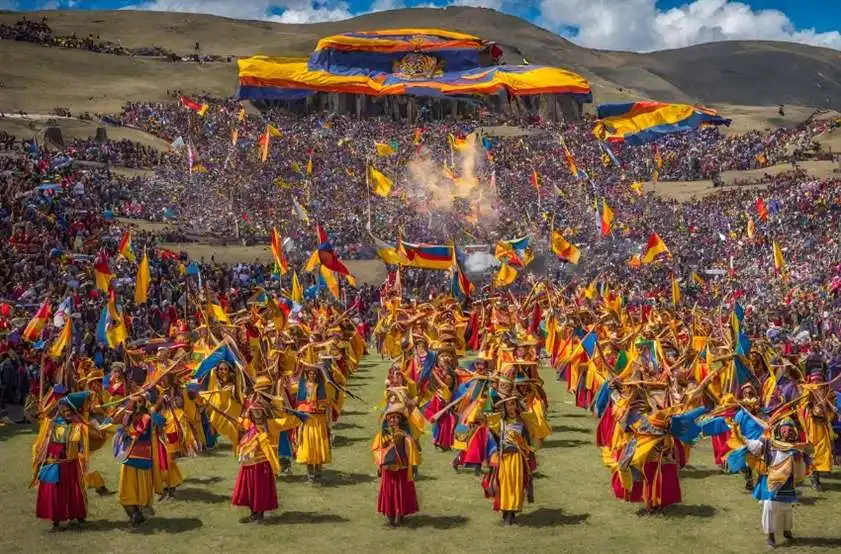
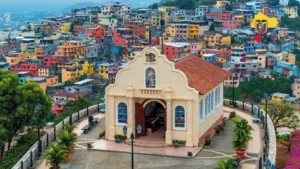
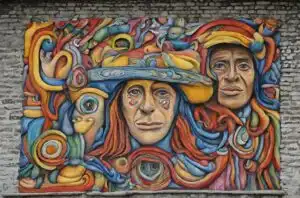
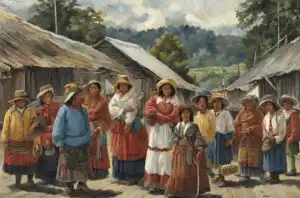
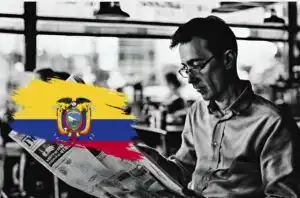
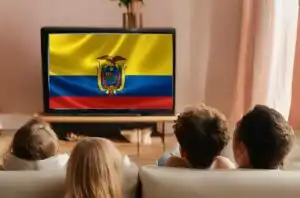



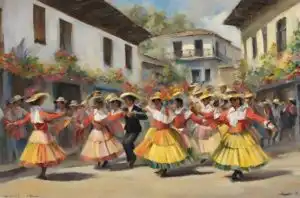
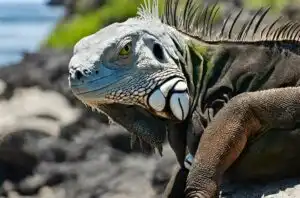
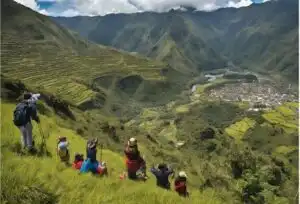


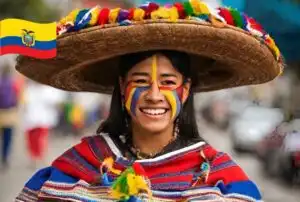

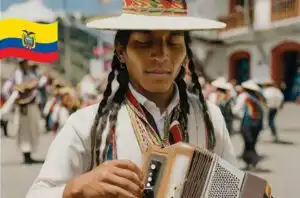

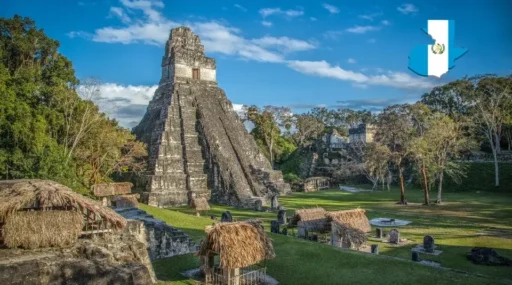

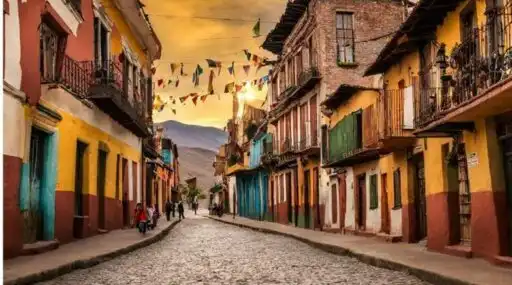
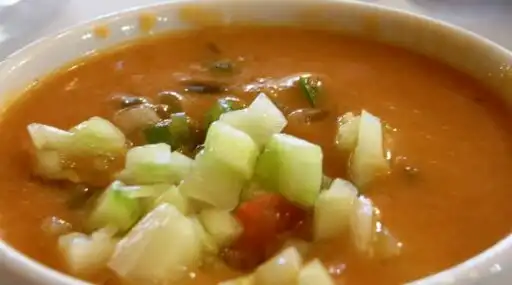
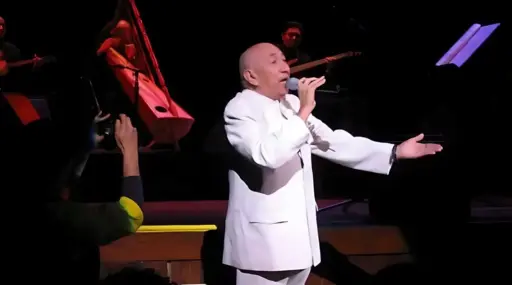
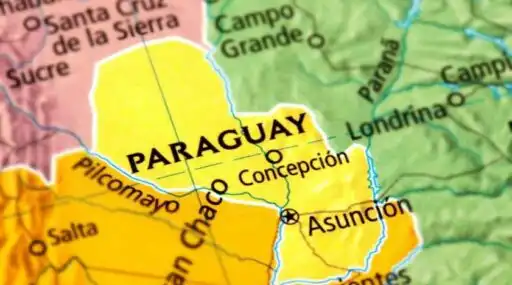
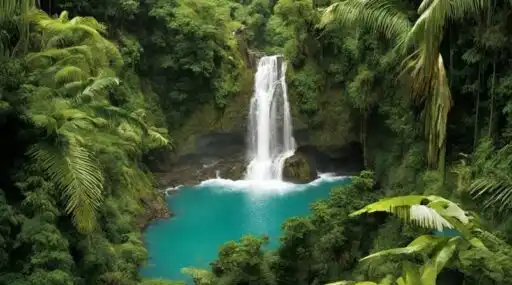
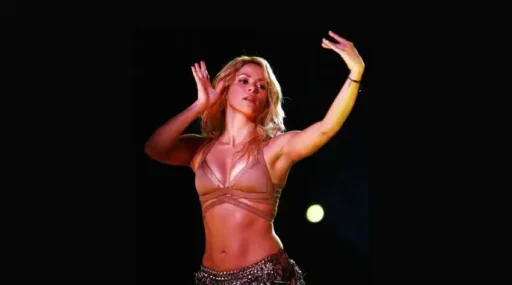
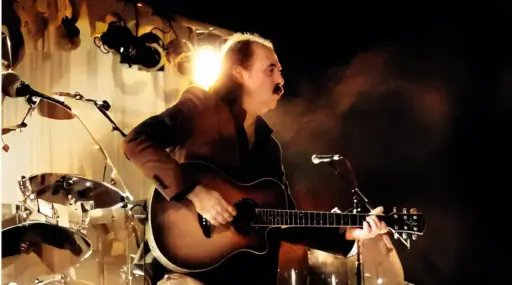
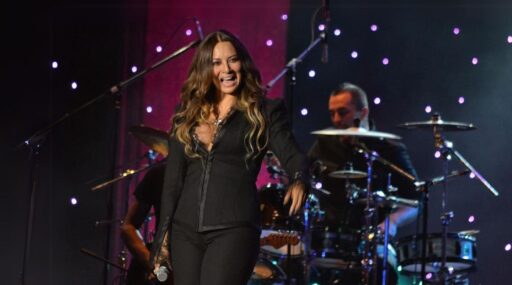
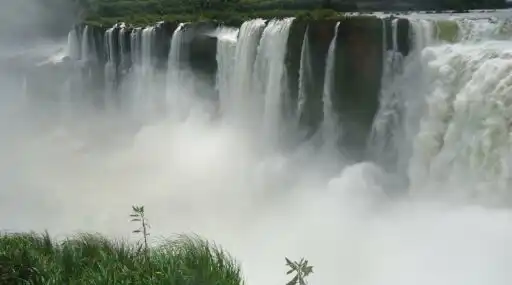

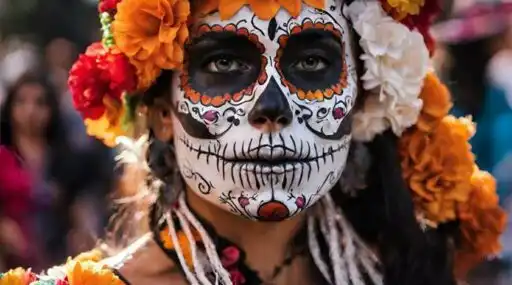
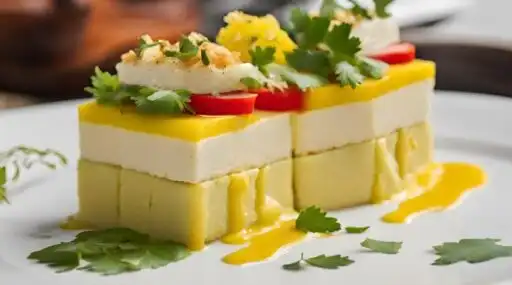
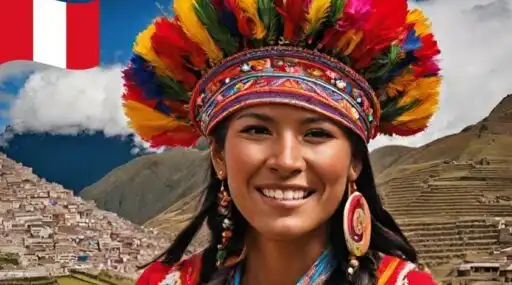



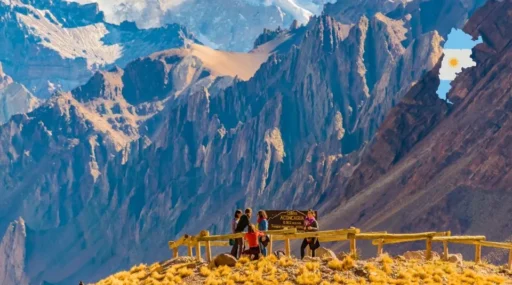
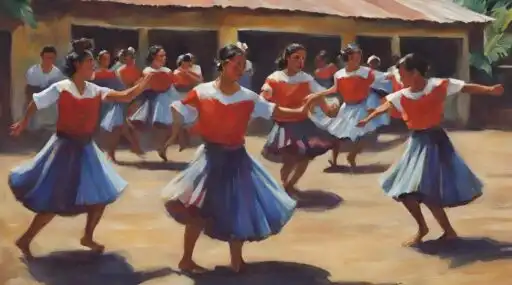
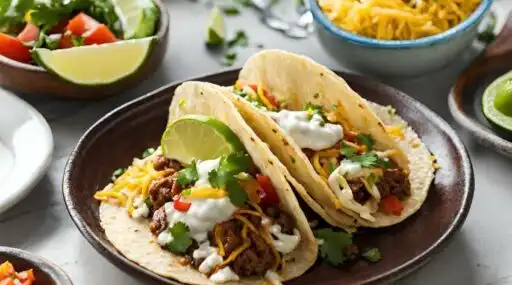

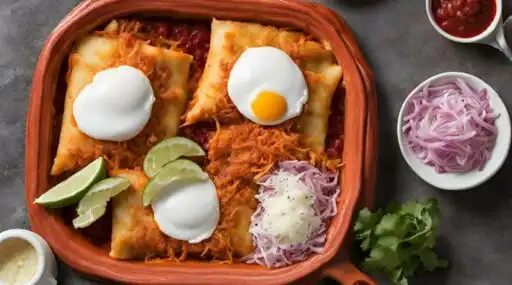
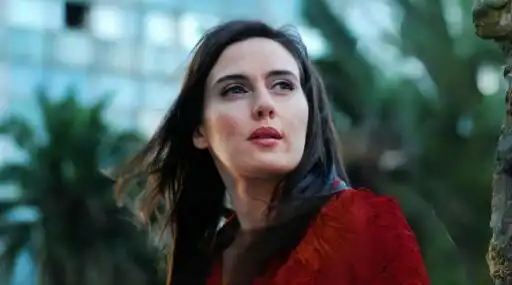
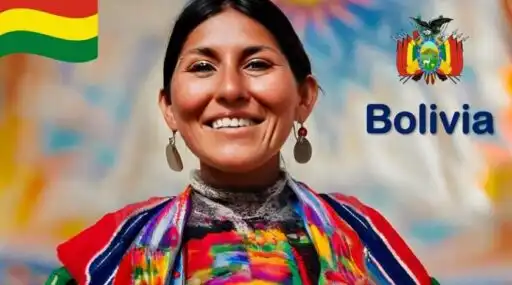
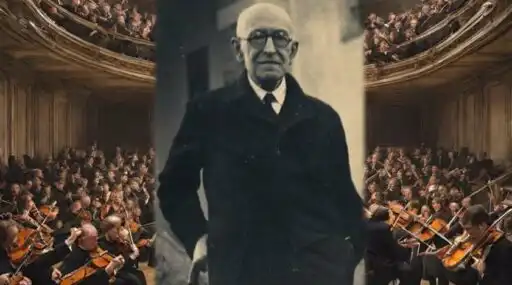
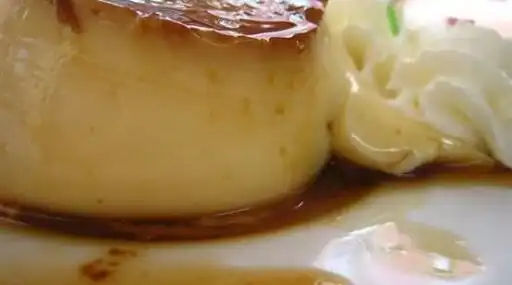
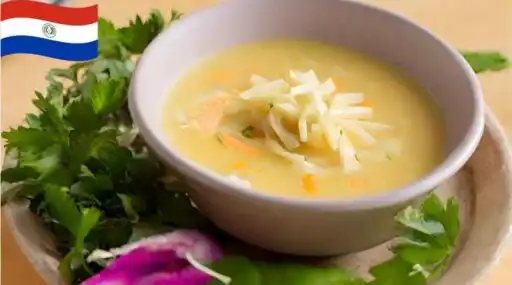
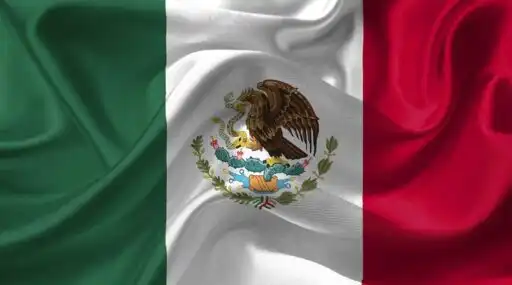
Leave a Reply